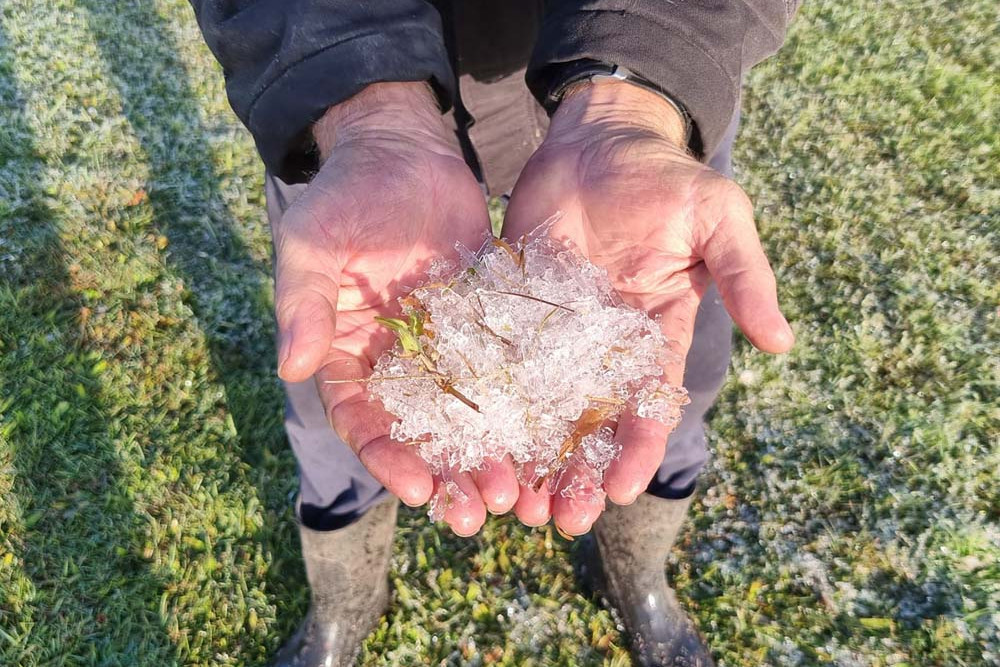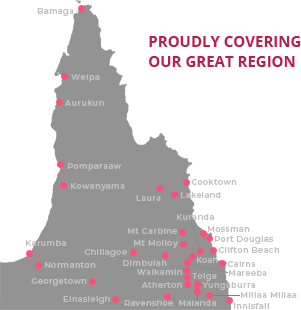Community & Business
2 August, 2024
Counting the cost of frost
Growers have gone into salvage mode after frost damage wiped out estimates of up to 80% of crops in some areas of the Tablelands.

“If anyone was not affected by the frost, then they are the luckiest people in the region,” Justin Pozzebon said this week. “There was just nothing you could do.”
For the Pozzebon mango growers, whose property is on the Mutchilba side of Dimbulah, the minus 1 temperature hit the trees at about 5am, with ice already forming. By 7am, there was a blanket of ice.
“It was that cold we had to crack the ice on the birdbath with a hammer,” he said.
The mango trees suffered to varying degrees, with some burnt on the tops, and others with up to half of the tree gone.
“We also have hay paddocks, and they were burnt.”
He is not sure yet of the region’s final toll, but he believes everyone must have been affected as temperatures dropped to -3 and -4 in some parts of Dimbulah.
“But it’s just what Mother Nature does, and you have got to deal with it,” he said.
Cutting back dead vegetation over the coming weeks may help some trees recover, particularly those burned on just the tops. Trees that were burned halfway through were late yield and would “hopefully re-shoot”.
“We need to do a bit of extra work, but we are better off than some,” he said.
Justin’s mother Lucia Pozzebon, who has been in the farming industry for many years, told The Express that she had never seen such severe frost since the 1980s.
Just down the road, grower Edward Balzarolo’s mature mangoes and sugar cane were hit with severe frost, despite preparations the night before.
Edward said he knew the frost was coming, and he even sprayed his trees with frost protection.
“It was forecast, but no one really expected the intensity that it came with,” he said.
“There are some protective measures you can take, like wetting the ground – frost tends to stick to dry ground – and spraying some frost-protectant chemicals, but as you can tell, it didn’t really protect the trees at all.”
Despite the preventive measures, he still lost 50% of his trees – many of which he said were flowering perfectly.
“They were actually flowering quite well, a good early flower,” he said.
“I am hoping some of them might reshoot as it is only July, but the leaves are pretty scorched at the bottom of the farm.
“If you look at it, we will probably be down 50%, but hopefully, there will be another flowering that can improve yielding.”


